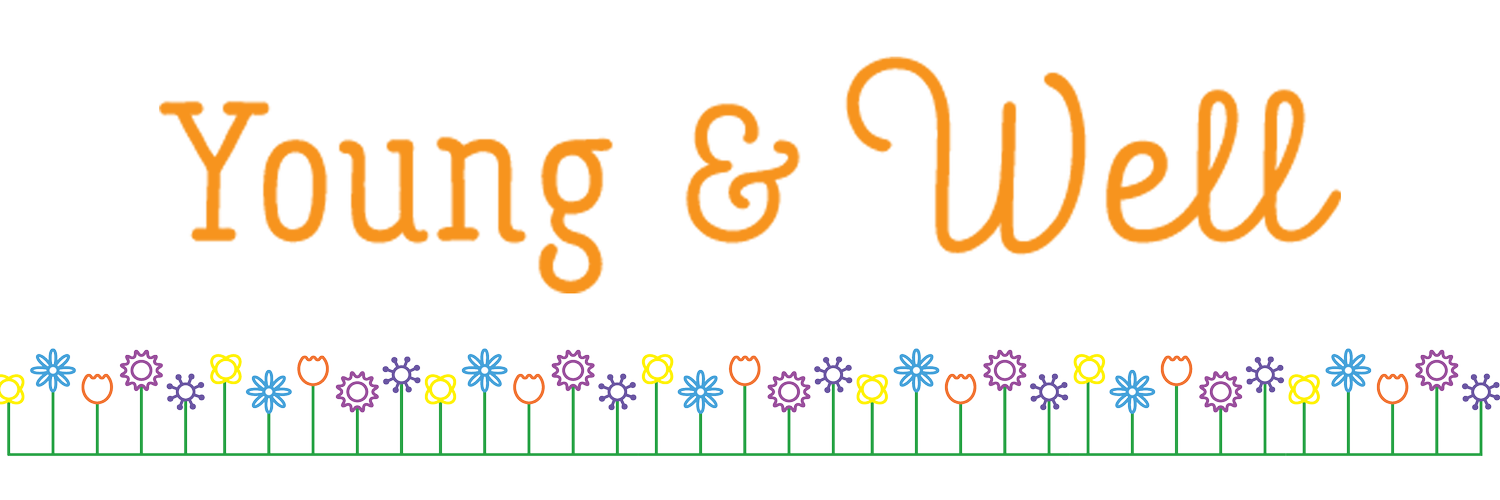Back to School Tips
We know that back to school can be a whole mess of emotions for children and parents! Everyone is excited and nervous and eagerly anticipating what the year will bring them. We’ve put together some back to school tips to set the school year off to success.
Tip #1: Social Stories
Social stories are a great way to help children understand social situations and become familiar with expected vs. unexpected behavior. Social stories can also help children understand what to expect in their daily routines and reduce their anxiety.
You can always create your own back to school story and make it unique to your child's needs. Select a specific scenario or one routine to write a social story about, such as wearing a mask throughout the day, morning/bedtime routine, and strategies to use when feeling upset. We’ve also created a downloadable social story that you can get here.
Tip #2: Practice Putting on/Taking Off Shoes and Socks
Learning to put on and take off shoes and socks independently is an important life skill for kids. There are many skills involved when engaging in this activity, including: bilateral coordination, crossing midline, postural control, eye-hand coordination, attention, finger isolation, force grading, and pincer grasp. Here is a video by Jordan Montessori to show how to put on your socks. Here is a video by the Global Montessori Network to show how to put on your shoes.
Tip #3: Practice School Lunch At Home
Kids only have 25-30 minutes to open their lunch box, eat, and clean up before lunchtime is over. So it's important to practice this life skill before going back to school. Helping kids learn how to zip/unzip their lunchbox, open packaging (i.e., juice box, ziplocks, containers), and peel fruits (i.e., bananas, clementines, etc) during pretend play time is a fun way to practice at home before going off to school.
Tip #4: Create a Visual Schedule
This is a big one! Especially after a long year during the pandemic of unstructured routine and constant unpredictable changes to the daily schedule. Visual schedules allow kids to build routine and structure into their day. It also provides predictability and expectation which helps with transitions from one activity to another. When kids anticipate changes to their schedule, it can reduce meltdowns and anxiety. Your visual schedule doesn't need to be fancy. Kids don't really care about how it looks. They just need something simple and clear to follow.
Tip #5: Establishing a Bedtime Routine/Sleep Schedule
Creating a consistent bedtime routine helps kids settle back into a predictable schedule and ensure sufficient sleep. You can use our tip #4 to create a visual schedule that includes sleep preparation activities (i.e., relaxing baths, brushing teeth, putting on PJs, bedtime stories, etc). Winding down after a long day full of sensory stimuli can be challenging for a number of children. Check out our blog post on bedtime strategies for more help with the bedtime routine.
Tip #6: Wearing a Mask & Using Hand Sanitizer
If your school is requiring kids to put on a mask, it's important to practice this skill before going back to school. Many kids are now able to wear a mask; however, it's important to practice tolerating the mask for longer periods of time. Tolerating a face mask for longer periods of time can be difficult for kids with sensory challenges and who are over-responsive to touch (sensitive to mask rubbing against their face) and smell. Practice social scenarios on what happens when they lose their mask, drop it on the ground, or someone steps on it, etc. Teach kids self-advocacy and when/how to ask an adult for help when needed. Have them choose their own mask design to increase their motivation.
Practice washing hands for 20 seconds while singing their ABCs. We also like the handwashing song; you can make up the tune and the words are “Wash, wash, wash your hands, wash your hands so clean. Scrub on the top and underneath and even in between.” If you sing this tune twice, it is about 20 seconds.
Find their preferred form of hand sanitizer (spray vs. liquid) and practice using the same one at home. Have them choose their hand sanitizer holder and place it within their reach (i.e., hook it to their backpack/lunchbox zipper).
Tip #7: Using a Visual Timer
Visual timers are a great way to help kids understand the concept of time. It allows them to know how much longer they have to complete a task without constant reminders. Start using a visual timer before school starts to help them practice time management skills. Try using a visual timer when kids participate in their daily morning/bedtime routine to help them master their school readiness skills.
Tip #8: Practice Recalling & Retelling Events
Summer is the perfect time to practice recalling and retelling skills so that when your child goes back to school and you ask him about his day, he can tell you a little more information than "good" or "fine".
Here's a less pressured way to practice this skill:
Encourage your child to draw a picture of what he did at the end of the day, or
Have them draw 3 things after he participates in a fun activity (i.e., playground, playdate, movie theater, park, etc). Follow up with "WH'' (who, what, where, when, why) questions about their drawing.
We wish you the best for a fun and successful year! Remember, you are your child’s source of calm and with a little lovin’ and a little nudgin’ you can get off to a great start.


